
Discover the Vibrant Heart of Tokyo: Shibuya
Explore Shibuya: Tokyo's Dynamic Hub of Fashion, Food, and Iconic Landmarks. Experience the pulse of the city in this vibrant, must-visit neighborhood.
Shibuya is a bustling district in Tokyo known for its vibrant energy, cutting-edge fashion, and iconic landmarks. As one of the city's most popular destinations, Shibuya offers a unique blend of traditional and modern Japanese culture, making it a must-visit for any tourist exploring Tokyo. A visit to Shibuya would not be complete without experiencing the famous Shibuya Crossing. Often referred to as the world's busiest pedestrian crossing, this intersection sees thousands of people crossing from all directions, creating a mesmerizing, organized chaos. Nearby, the Hachiko Statue stands as a touching tribute to the loyal dog who waited for his owner every day at Shibuya Station, symbolizing unwavering loyalty and love. Shibuya is also a shopper's paradise. The district is home to numerous shopping centers, including the Shibuya 109 building, which caters to fashion-forward youth. For a more eclectic shopping experience, visitors can explore the backstreets of Ura-Harajuku, where independent boutiques and vintage stores abound. Food enthusiasts will find plenty to savor in Shibuya. The area is dotted with a variety of dining options, from traditional Japanese eateries to trendy international cafes. Don’t miss trying some local delicacies at the bustling Shibuya Nonbei Yokocho, a narrow alleyway filled with tiny, atmospheric bars and restaurants. For a touch of nature amidst the urban landscape, head to Yoyogi Park, which is just a short walk from Shibuya. This sprawling park offers a serene escape with its lush greenery, beautiful cherry blossoms in spring, and lively events throughout the year.
Local tips in Shibuya
- Visit Shibuya Crossing at dusk for the best photo opportunities with neon lights illuminating the scene.
- Wear comfortable shoes as Shibuya is best explored on foot.
- Head to the rooftop of Shibuya Scramble Square for panoramic views of the city.
- Carry cash as some smaller shops and eateries may not accept credit cards.
- Check out the local events calendar as Shibuya often hosts festivals, pop-up shops, and live performances.
Discover the Vibrant Heart of Tokyo: Shibuya
Shibuya is a bustling district in Tokyo known for its vibrant energy, cutting-edge fashion, and iconic landmarks. As one of the city's most popular destinations, Shibuya offers a unique blend of traditional and modern Japanese culture, making it a must-visit for any tourist exploring Tokyo. A visit to Shibuya would not be complete without experiencing the famous Shibuya Crossing. Often referred to as the world's busiest pedestrian crossing, this intersection sees thousands of people crossing from all directions, creating a mesmerizing, organized chaos. Nearby, the Hachiko Statue stands as a touching tribute to the loyal dog who waited for his owner every day at Shibuya Station, symbolizing unwavering loyalty and love. Shibuya is also a shopper's paradise. The district is home to numerous shopping centers, including the Shibuya 109 building, which caters to fashion-forward youth. For a more eclectic shopping experience, visitors can explore the backstreets of Ura-Harajuku, where independent boutiques and vintage stores abound. Food enthusiasts will find plenty to savor in Shibuya. The area is dotted with a variety of dining options, from traditional Japanese eateries to trendy international cafes. Don’t miss trying some local delicacies at the bustling Shibuya Nonbei Yokocho, a narrow alleyway filled with tiny, atmospheric bars and restaurants. For a touch of nature amidst the urban landscape, head to Yoyogi Park, which is just a short walk from Shibuya. This sprawling park offers a serene escape with its lush greenery, beautiful cherry blossoms in spring, and lively events throughout the year.
Iconic landmarks you can’t miss
Meiji Jingu
Discover the serene beauty and cultural significance of Meiji Jingu, a stunning Shinto shrine nestled in a lush forest in Tokyo, Japan.
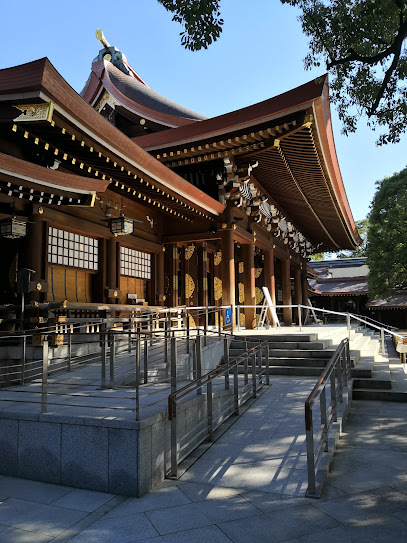
Yoyogi Park
Discover Yoyogi Park: Tokyo's lush urban sanctuary for relaxation, cultural events, and outdoor adventures amidst the city's vibrant atmosphere.
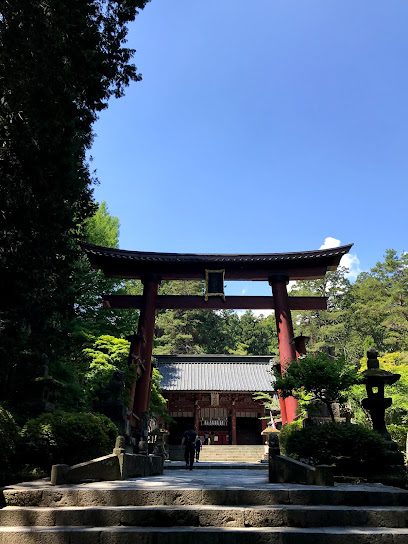
Hachikō Memorial Statue
Discover the touching story of loyalty at the Hachikō Memorial Statue in Shibuya, a must-visit landmark that embodies love and devotion.
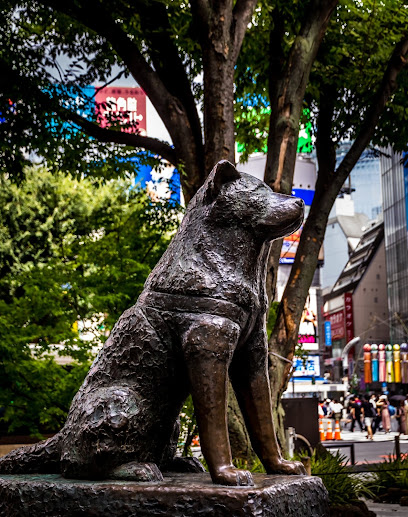
Shibuya Sky
Experience breathtaking 360-degree views of Tokyo from Shibuya Sky, the ultimate observation deck at Shibuya Scramble Square.
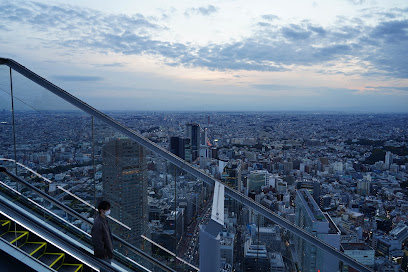
Shibuya Scramble Crossing
Experience the iconic Shibuya Scramble Crossing, a vibrant intersection that epitomizes Tokyo's energy and urban life amidst a bustling cityscape.
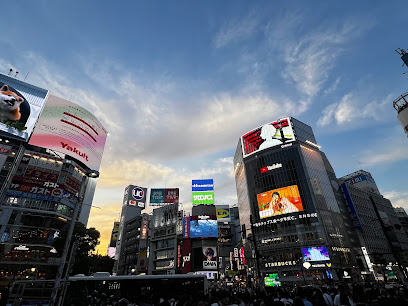
Shibuya Nonbei Yokocho
Discover the charm of Shibuya Nonbei Yokocho, where traditional izakayas and vibrant nightlife create a unique Tokyo experience.
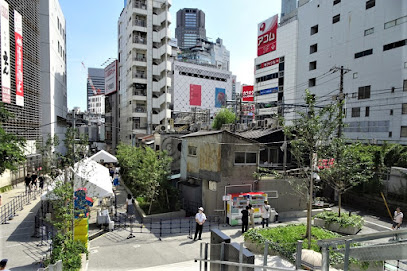
Hachiko Square
Discover Hachiko Square in Shibuya, Tokyo - a vibrant meeting point steeped in loyalty and urban energy, surrounded by shops and the famous Shibuya Crossing.
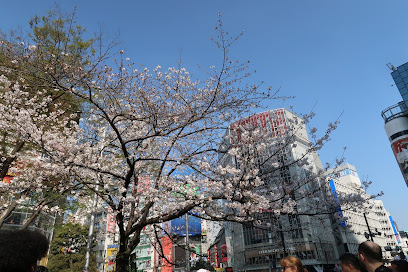
Kiyomasa's Well
Experience the serenity of Kiyomasa's Well, a historical landmark in Tokyo, where nature and culture intertwine beautifully.
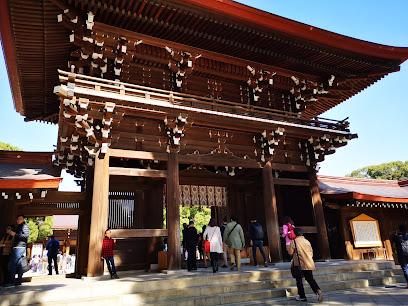
Shibuya Gate Observation Deck
Experience breathtaking views of Tokyo's skyline from the Shibuya Gate Observation Deck, a must-visit for all tourists exploring the vibrant city.
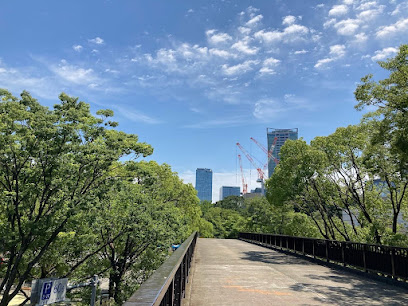
Konnō-zaka Slope
Explore Konnō-zaka Slope, a historical gem in Shibuya, where tradition meets modernity in the heart of Tokyo's vibrant culture.
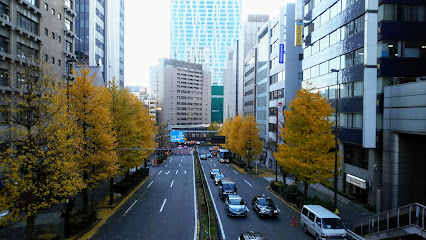
Sora(space) Sakura
Explore the serene beauty of Sora(space) Sakura in Shibuya, where cherry blossoms bloom amidst the urban landscape, creating a tranquil escape.
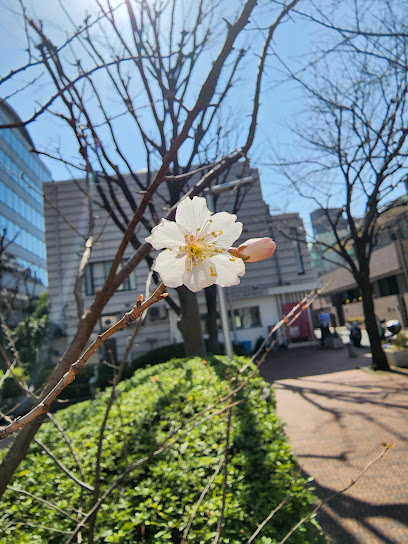
Unmissable attractions to see
Shinjuku Gyoen National Garden
Explore the serene beauty of Shinjuku Gyoen National Garden, a peaceful oasis in Tokyo featuring stunning landscapes and rich cultural heritage.
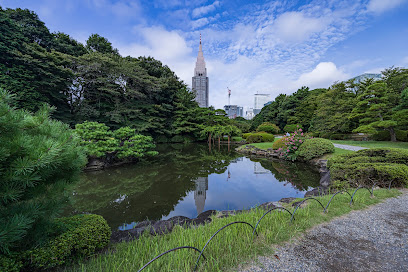
Shibuya Sky
Experience breathtaking panoramic views of Tokyo from Shibuya Sky, the ultimate observation deck in the heart of the city, showcasing modern architecture and vibrant city life.
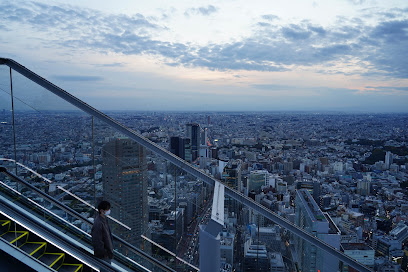
Shibuya Scramble Crossing
Experience the vibrant energy of Shibuya Scramble Crossing, where the pulse of Tokyo comes alive amidst neon lights and bustling crowds.
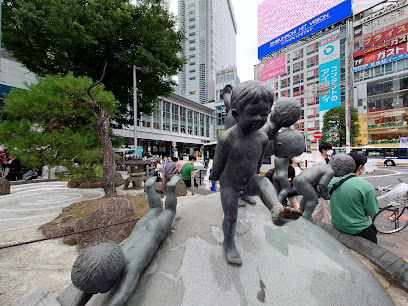
Takeshita Street
Explore Takeshita Street in Harajuku: a vibrant hub of fashion, culture, and street food at the heart of Tokyo's youth scene.
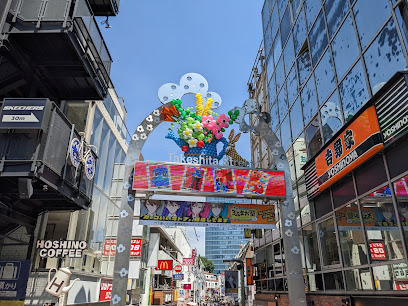
Sora(space) Sakura
Discover the serene beauty of Sora(space) Sakura, where cherry blossoms bloom amidst the vibrant energy of Shibuya, Tokyo's iconic district.
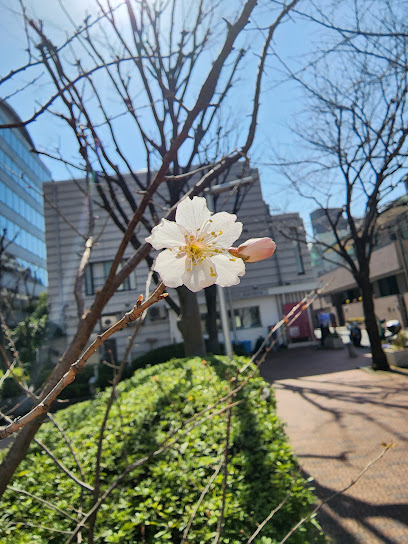
Essential places to dine
Mawashizushi Katsu Seibu Shibuya Store
Experience the thrill of conveyor belt sushi at Mawashizushi Katsu in Shibuya—fresh flavors and vibrant atmosphere await!

Gonpachi Shibuya
Experience authentic Japanese cuisine at Gonpachi Shibuya, where tradition meets modern dining in a vibrant atmosphere.
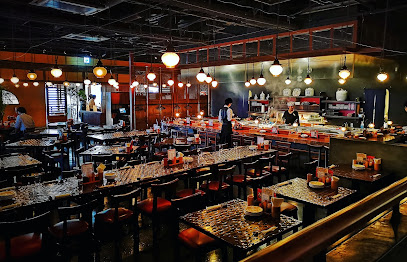
Kaikaya by the Sea
Discover exquisite seafood at Kaikaya by the Sea in Shibuya – where fresh ingredients meet innovative Japanese cuisine.
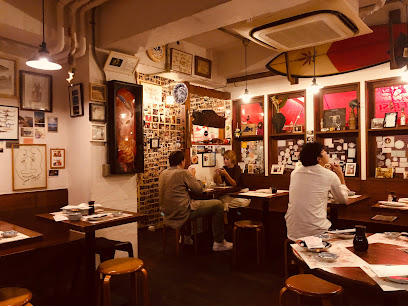
Sushi Tokyo Ten
Discover authentic sushi at Sushi Tokyo Ten in Shibuya, where tradition meets freshness in every bite.

THE LEGIAN TOKYO
Discover exquisite French cuisine at The Legian Tokyo in Shibuya—where elegance meets flavor in every dish.
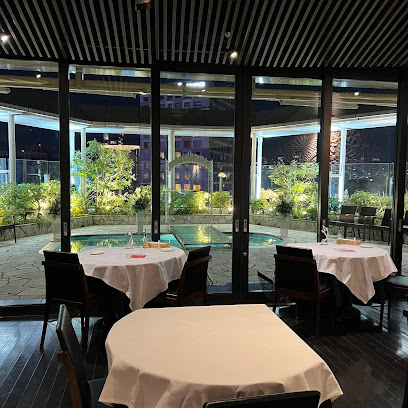
Arossa Shibuya
Experience authentic Australian cuisine in Tokyo's Shibuya district at Arossa Shibuya - where great food meets an inviting atmosphere.

OUT
Experience exquisite cuisine in Shibuya's vibrant atmosphere – where every dish tells a story.

Zoogunzoo Shibuya
Discover Zoogunzoo Shibuya: A fusion of Australian and Italian cuisines in a chic izakaya setting, perfect for food lovers visiting Tokyo.
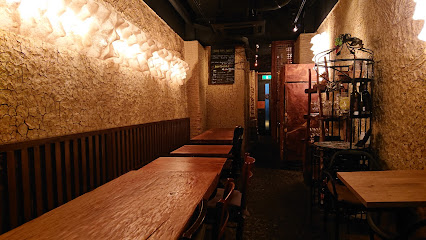
ABASQUE
Experience authentic Basque cuisine in Shibuya City at Abasque - where culinary tradition meets modern flair.

Tsukiji Totodon Shibuya
Experience authentic Japanese seafood at Tsukiji Totodon Shibuya – a culinary gem in Tokyo’s vibrant Shibuya district.

Markets, malls and hidden boutiques
Hands
Explore a vibrant gift shop in Shibuya, Tokyo, featuring unique stationery, quality cosmetics, and eclectic home goods for every taste.
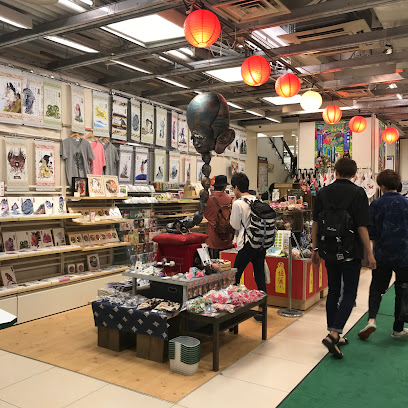
Shibuya Parco
Discover the essence of Tokyo's fashion and culture at Shibuya Parco, a shopping mall that blends style, dining, and entertainment seamlessly.
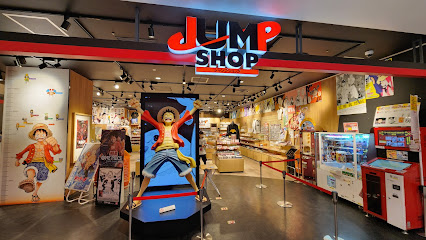
Shibuya MODI
Experience the pulse of Tokyo at Shibuya MODI, a vibrant shopping mall featuring trendy fashion, unique novelty stores, and delightful dining options.
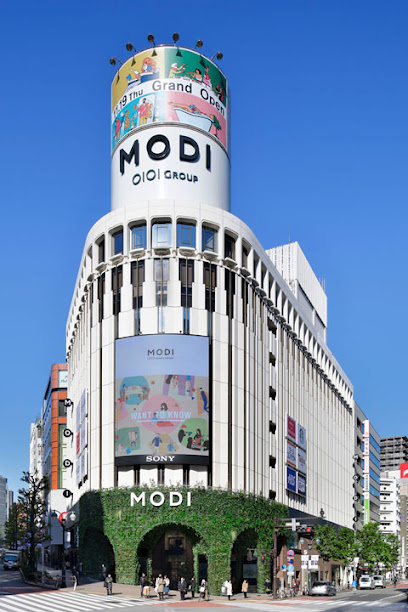
ONE PIECE Store Hat Store - Shibuya Main Store
Explore the vibrant world of ONE PIECE at the Shibuya Main Store, where fans can find exclusive merchandise and unforgettable experiences.

Archive Store
Discover the perfect blend of art and fashion at Archive Store, Shibuya's unique gallery and clothing destination.
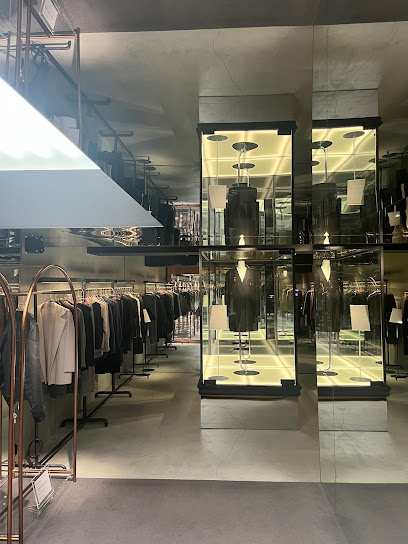
THE SHIBUYA SOUVENIR STORE
Explore the vibrant Shibuya Souvenir Store for unique Japanese memorabilia and support local artisans while finding the perfect keepsake.
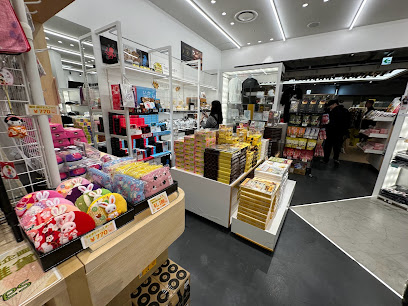
cosicosi shibuya souvenir shop
Discover unique souvenirs and clothing that embody the spirit of Tokyo at Cosi Cosi in the heart of Shibuya.
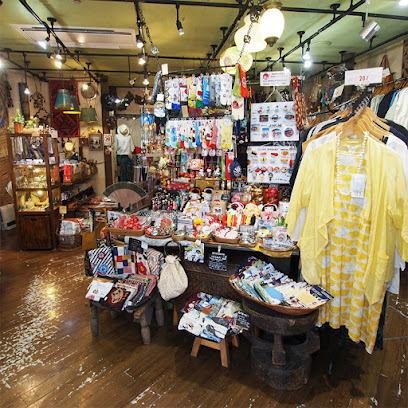
N id Tokyo
Discover unique fashion treasures at N id Tokyo, a trendy clothing store in Shibuya, where quality meets contemporary style.

THE SHOP SHIBUYA
Discover the essence of Japanese culture at THE SHOP SHIBUYA, a general store offering unique items that celebrate Tokyo's vibrant spirit.
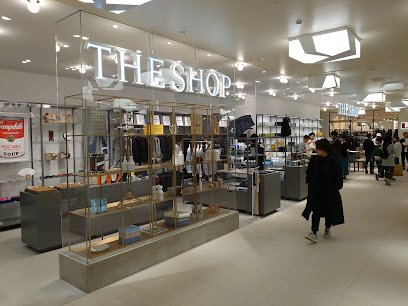
PENGUIN SOUVENIR
Discover unique penguin-themed souvenirs and more at Penguin Souvenir, a charming general and hobby store in the heart of Shibuya, Tokyo.
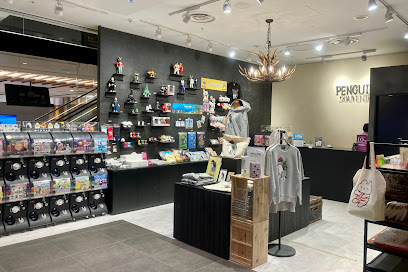
Essential bars & hidden hideouts
Bar TRENCH
Experience the art of mixology at Bar TRENCH, Tokyo's premier cocktail bar offering unique drinks in a sophisticated setting.
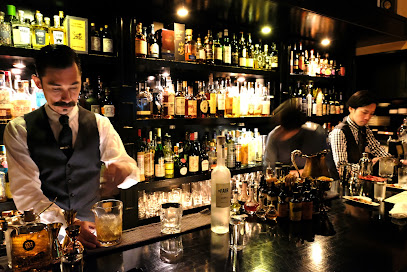
LITTS BAR
Discover the dynamic blend of Italian cuisine and nightlife at LITTS BAR in Shibuya, Tokyo's ultimate destination for food and fun.

MUSIC BAR ROCKAHOLIC Shibuya
MUSIC BAR ROCKAHOLIC Shibuya: Embrace the rhythm of Tokyo's nightlife with live music and a vibrant atmosphere in the heart of Shibuya.
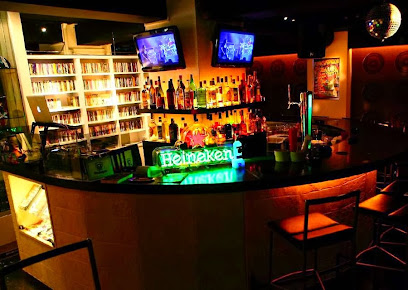
Shibuya Bar The Legless Arms
Discover Shibuya's nightlife at The Legless Arms, where creative cocktails and a vibrant atmosphere await every night.
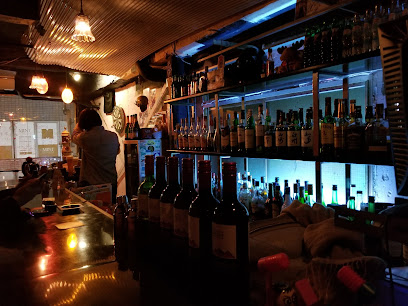
BAR LA17 SHIBUYA
Discover unique cocktails and vibrant nightlife at BAR LA17 in Shibuya, Tokyo's premier destination for an unforgettable evening.

BAR Legacy
Delve into the vibrant nightlife of Tokyo at BAR Legacy, a stylish bar in Shibuya known for its exquisite cocktails and lively ambiance.
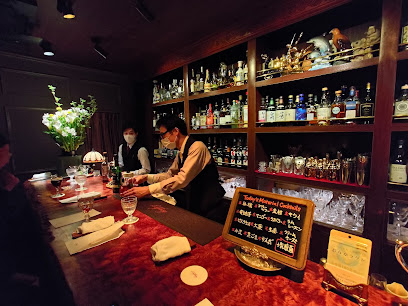
COCORO DOKORO (shibuya music bar)
Dive into Shibuya's music scene at COCORO DOKORO, where live rock performances and vibrant nightlife await every visitor.
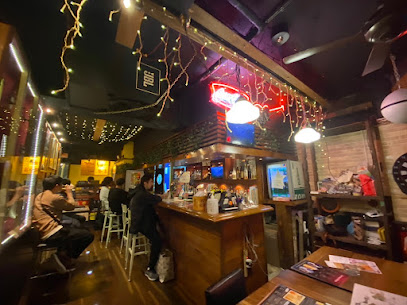
Bar Mon
Discover Bar Mon, a cozy bar in Shibuya, offering innovative cocktails and a vibrant nightlife experience in the heart of Tokyo.
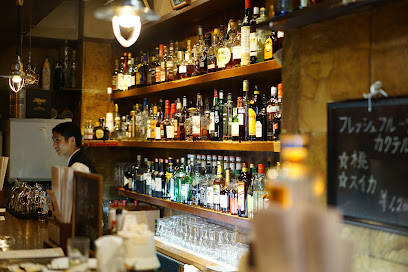
Bar Subterraneans
Experience the vibrant nightlife of Shibuya at Bar Subterraneans, a unique basement bar with live music and an eclectic atmosphere.
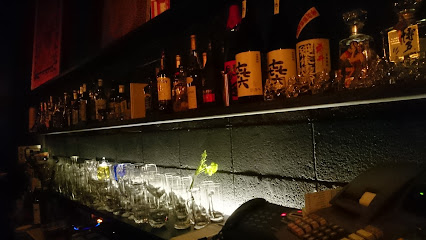
BAR・SevenEight
Experience the vibrant nightlife of Shibuya at BAR・SevenEight, a stylish bar offering a cozy atmosphere and expertly crafted cocktails.

Local Phrases
-
- Helloこんにちは
[konnichiwa] - Goodbyeさようなら
[sayonara] - Yesはい
[hai] - Noいいえ
[iie] - Please/You're welcomeどうぞ
[douzo] - Thank youありがとう
[arigatou] - Excuse me/Sorryすみません
[sumimasen] - How are you?お元気ですか?
[ogenki desu ka?] - Fine. And you?元気です。あなたは?
[genki desu. anata wa?] - Do you speak English?英語を話せますか?
[eigo o hanasemasu ka?] - I don't understandわかりません
[wakarimasen]
- Helloこんにちは
-
- I'd like to see the menu, pleaseメニューを見せてください
[menyuu o misete kudasai] - I don't eat meat肉を食べません
[niku o tabemasen] - Cheers!乾杯!
[kanpai!] - I would like to pay, pleaseお会計をお願いします
[okaikei o onegaishimasu]
- I'd like to see the menu, pleaseメニューを見せてください
-
- Help!助けて!
[tasukete!] - Go away!行って!
[itte!] - Call the Police!警察を呼んで!
[keisatsu o yonde!] - Call a doctor!医者を呼んで!
[isha o yonde!] - I'm lost道に迷いました
[michi ni mayoimashita] - I'm ill具合が悪いです
[guai ga warui desu]
- Help!助けて!
-
- I'd like to buy...買いたいです...
[kaitai desu...] - I'm just looking見てるだけです
[miteru dake desu] - How much is it?いくらですか?
[ikura desu ka?] - That's too expensiveそれは高すぎます
[sore wa takasugimasu] - Can you lower the price?値段を下げてもらえますか?
[nedan o sagete moraemasu ka?]
- I'd like to buy...買いたいです...
-
- What time is it?今何時ですか?
[ima nanji desu ka?] - It's one o'clock一時です
[ichiji desu] - Half past (10)十時半
[juuji han] - Morning朝
[asa] - Afternoon午後
[gogo] - Evening夕方
[yuugata] - Yesterday昨日
[kinou] - Today今日
[kyou] - Tomorrow明日
[ashita] - 1一
[ichi] - 2二
[ni] - 3三
[san] - 4四
[shi] - 5五
[go] - 6六
[roku] - 7七
[shichi] - 8八
[hachi] - 9九
[kyuu] - 10十
[juu]
- What time is it?今何時ですか?
-
- Where's a/the...?どこに...がありますか?
[doko ni... ga arimasu ka?] - What's the address?住所は何ですか?
[juusho wa nan desu ka?] - Can you show me (on the map)?地図で見せてもらえますか?
[chizu de misete moraemasu ka?] - When's the next (bus)?次の(バス)はいつですか?
[tsugi no (basu) wa itsu desu ka?] - A ticket (to ....)チケット(へ...)をください
[chiketto (e...) o kudasai]
- Where's a/the...?どこに...がありますか?
History of Shibuya
-
Shibuya's history can be traced back to the Edo period (1603-1868) when it was a small post town known for its strategic location along the Tōkaidō road, the main route connecting Edo (now Tokyo) to Kyoto. The name 'Shibuya' is believed to derive from the ancient term 'Shibuya-no-Tsuji', referring to a junction point where travelers would rest.
-
In the late 19th and early 20th centuries, Shibuya began to flourish as a cultural and commercial center. The opening of Shibuya Station in 1885 marked a significant turning point, facilitating access and spurring urban development. This period saw the emergence of theaters, shops, and cafes, making Shibuya a vibrant social space.
-
During World War II, much of Shibuya was damaged due to air raids. Post-war reconstruction efforts led to rapid urbanization and economic growth. The area transformed into a symbol of modern Japan, reflecting the country's recovery and modernization in the years following the war.
-
From the 1960s onwards, Shibuya became synonymous with youth culture. The neighborhood's streets, particularly around Shibuya Station and the famous Harajuku area, became gathering spots for fashion-forward youth, leading to the birth of various subcultures. The iconic Shibuya Crossing emerged as a global symbol of Tokyo's bustling urban life.
-
Opened in 1979, Shibuya 109 is a fashion complex that revolutionized youth fashion in Japan. It became a trendsetting destination, influencing styles not just in Japan but internationally. The building's unique circular design and array of boutiques have solidified its status as a cultural landmark.
-
In the 21st century, Shibuya has continued to evolve. The area has undergone significant revitalization projects, including the redevelopment of Shibuya Station and the construction of new commercial and residential buildings. Shibuya has garnered international attention, recognized as a symbol of Tokyo's dynamic urban culture and innovation.
Shibuya Essentials
-
Shibuya is easily accessible from various neighborhoods in Tokyo. The Shibuya Station is a major transport hub served by multiple lines, including the JR Yamanote Line, the Tokyo Metro Hanzomon Line, and the Tokyu Den-en-toshi Line. From Shinjuku, take the JR Yamanote Line, which takes approximately 7 minutes. From Harajuku, you can take the JR Yamanote Line, which takes around 3 minutes. If traveling from Asakusa, take the Tokyo Metro Ginza Line to Shibuya, which takes about 30 minutes.
-
Shibuya is well-connected through its extensive public transportation network. The Shibuya Station is a major transit point, and you can use the JR lines, Tokyo Metro, and various private railways. Buses are also available for local travel. For a more local experience, consider renting a bicycle to explore the area at your own pace. Walking is a great way to enjoy the vibrant streets and discover hidden gems.
-
Shibuya is generally safe for tourists, with a low crime rate compared to many major cities. However, it's advisable to stay vigilant, especially in crowded areas like Shibuya Crossing. While the neighborhood is mostly safe, avoid dark alleys at night and be cautious around nightlife venues in the Dogenzaka area, which can attract petty crime such as pickpocketing.
-
In case of an emergency, dial 110 for police assistance or 119 for fire and medical emergencies. There are several hospitals and clinics in Shibuya, and English-speaking staff may be available in some facilities. Always carry a copy of your travel insurance and know the location of the nearest hospital.
-
Fashion: Do dress neatly and stylishly, as Shibuya is known for its fashion culture. Don't wear overly casual or inappropriate clothing in upscale areas. Religion: Do be respectful when visiting temples and shrines. Remove your shoes when required. Public Transport: Do keep your phone on silent and avoid loud conversations. Don't eat or drink on public transport. Greetings: Do bow slightly when greeting someone. A polite 'konnichiwa' (hello) is appreciated. Eating & Drinking: Do try local specialties, especially at izakayas. Don't waste food, as it's considered disrespectful.
-
To experience Shibuya like a local, visit the non-touristy backstreets and explore hidden cafes and shops. Engage with local street performers and artists, especially around the Hachiko statue. Visit Shibuya's local markets for fresh produce and unique items. Don't hesitate to ask locals for recommendations; they are often friendly and eager to share their favorite spots.
Nearby Cities to Shibuya
-
Things To Do in Nagoya
-
Things To Do in Kanazawa
-
Things To Do in Kyoto
-
Things To Do in Nara
-
Things To Do in Osaka
-
Things To Do in Hiroshima
-
Things To Do in Sapporo
-
Things To Do in Fukuoka
-
Things To Do in Pohang
-
Things To Do in Gyeongju
-
Things To Do in Ulsan
-
Things To Do in Busan
-
Things To Do in Andong
-
Things To Do in Daegu
-
Things To Do in Chuncheon













